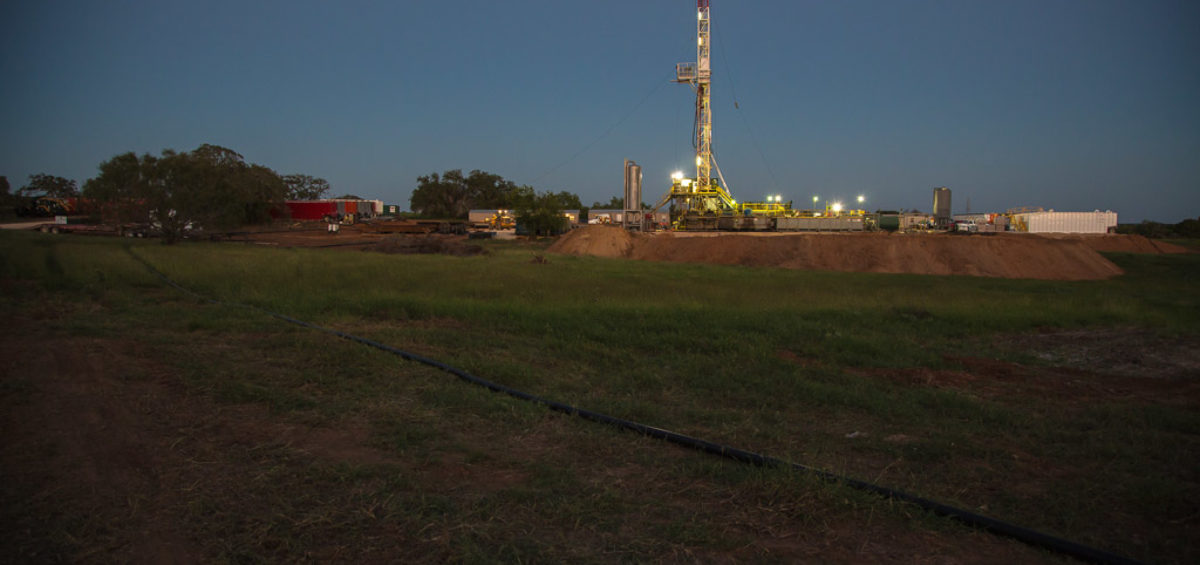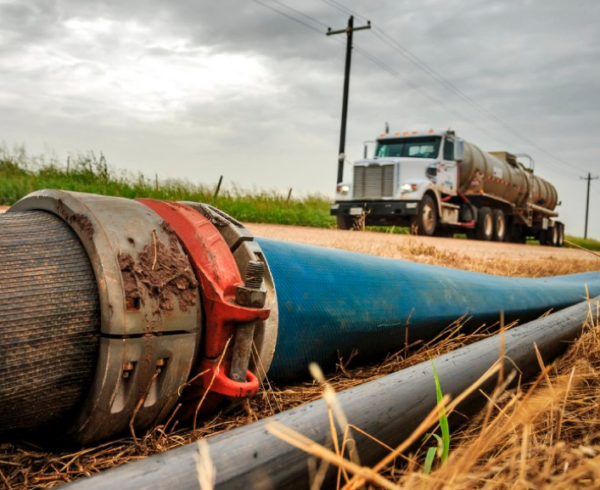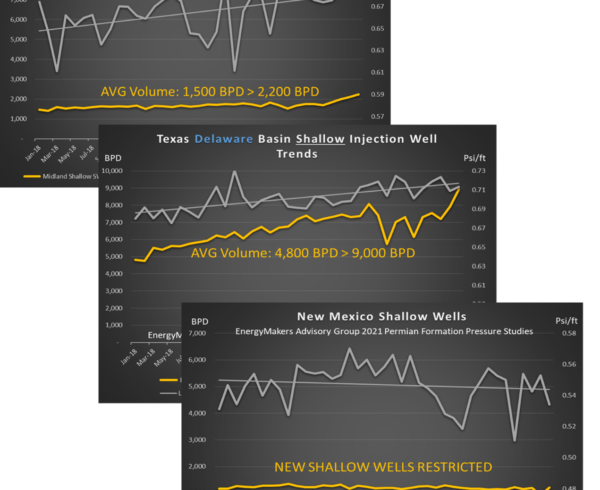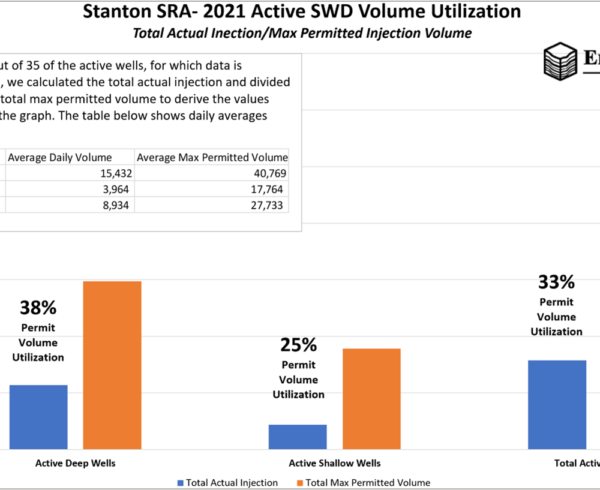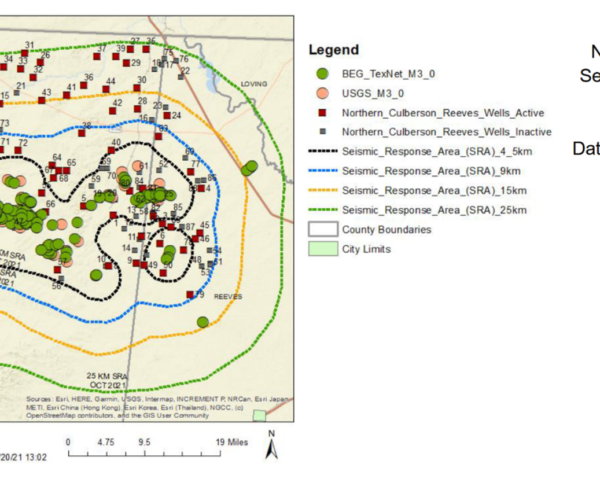The rebound in oil prices has spurred a dramatic upswing in drilling activity in many parts of the country—and New Mexico is no exception. According to the US Energy Information Administration (EIA), New Mexico’s side of the Permian basin is currently home to about 30,000 wells, with more wells being drilled every day.
The practice of hydraulic fracturing uses roughly 30 million gallons of fresh water per well, a significant amount of which flows back and must be disposed of by reinjecting into Class II disposal wells. A recent article by The NM Political Report reviews some of the options that the state is considering to reuse more of the wastewater generated during oil and gas activities—and perhaps, how to avoid using fresh water for drilling in the first place.
There are a number of very good reasons for New Mexico to explore their reuse options, with water worries that include an ongoing drought that has seen rivers dry up to historic levels. There are also ongoing legal disputes, such as the U.S. Supreme Court battle that has New Mexico squaring off against Texas and the U.S. government over several decades of compact violations on the Rio Grande river.
And because drilling new water wells is so strictly regulated in New Mexico, groundwater is being piped from the Pecos Valley aquifer, which straddles the state line between New Mexico and Texas (and serves as a water source for Texas drilling and completion activities as well). Not only are there growing disputes over water usage from this shared aquifer between the two states, there is also growing concern that aquifer levels are dropping.
Then there are the growing concerns of over-pressuring underground formations with the reinjection of produced water and triggering earthquakes—a phenomenon that has been observed in Oklahoma and elsewhere. The link between produced water over-injection and the increased frequency of seismic events is also covered in much detail in EnergyMakers Advisory Group’s Underground Injection Risk Report.
Given these concerns, New Mexico recently signed an agreement with the U.S. Environmental Protection Agency and formed a working group of regulators, scientists and policymakers. The group’s goal: to clarify and understand the current permitting and regulatory status in the state regarding the re-use, recycling, and beneficial use of waters originating from oil and gas activities.
The working group will consider the wide range of scientific, legal and regulatory issues related to water use (and reuse). The hope is that the findings of the group will guide the action of regulatory agencies and the oil and gas industry regarding the treatment of oilfield water for use in other water-intensive industries, like agriculture.
The working group just started meeting this past summer, so any plans for reusing treated produced water in other applications is a long way off. But, the fact that this group was brought together in the first place shows how seriously New Mexico is taking its water challenges.
We will keep you updated on the latest developments with New Mexico’s water woes. In the meantime, contact EnergyMakers AG to learn more about our comprehensive industry guide to saltwater disposal wells and underground injection risks.



